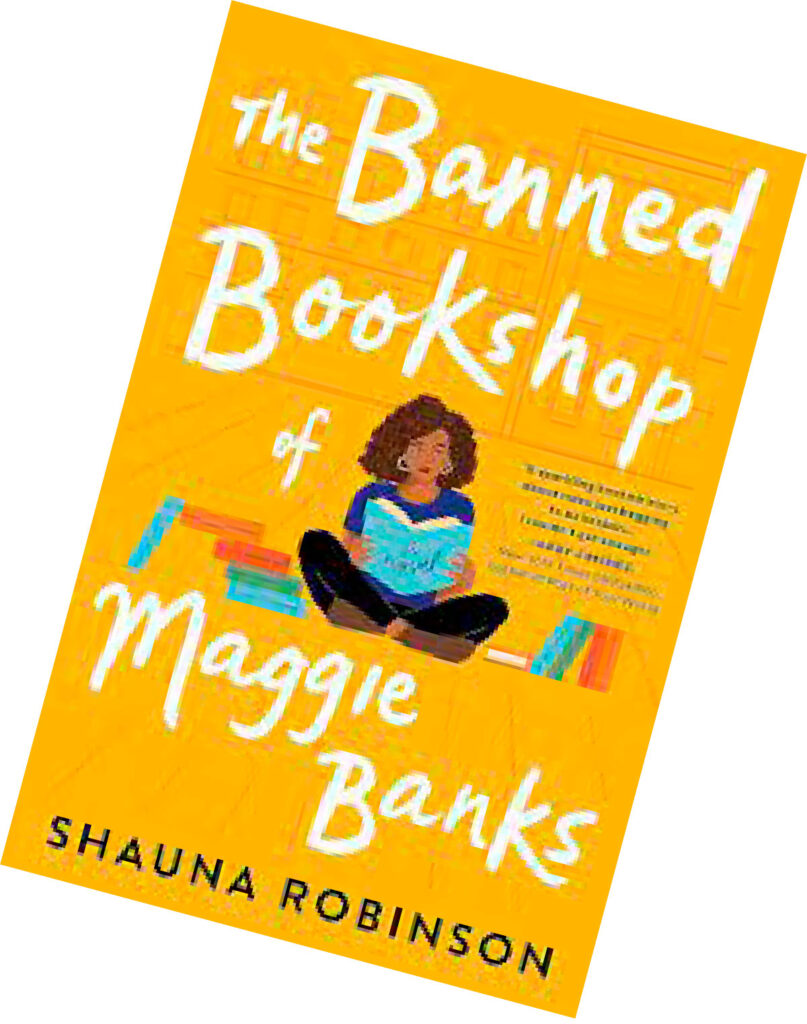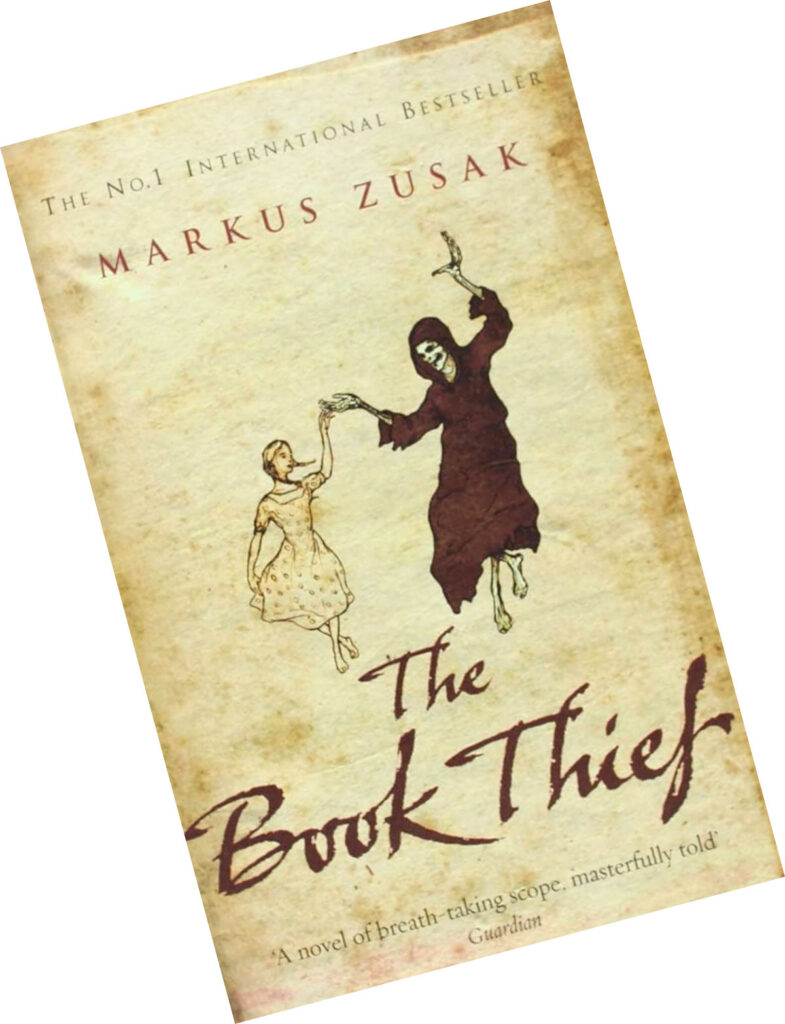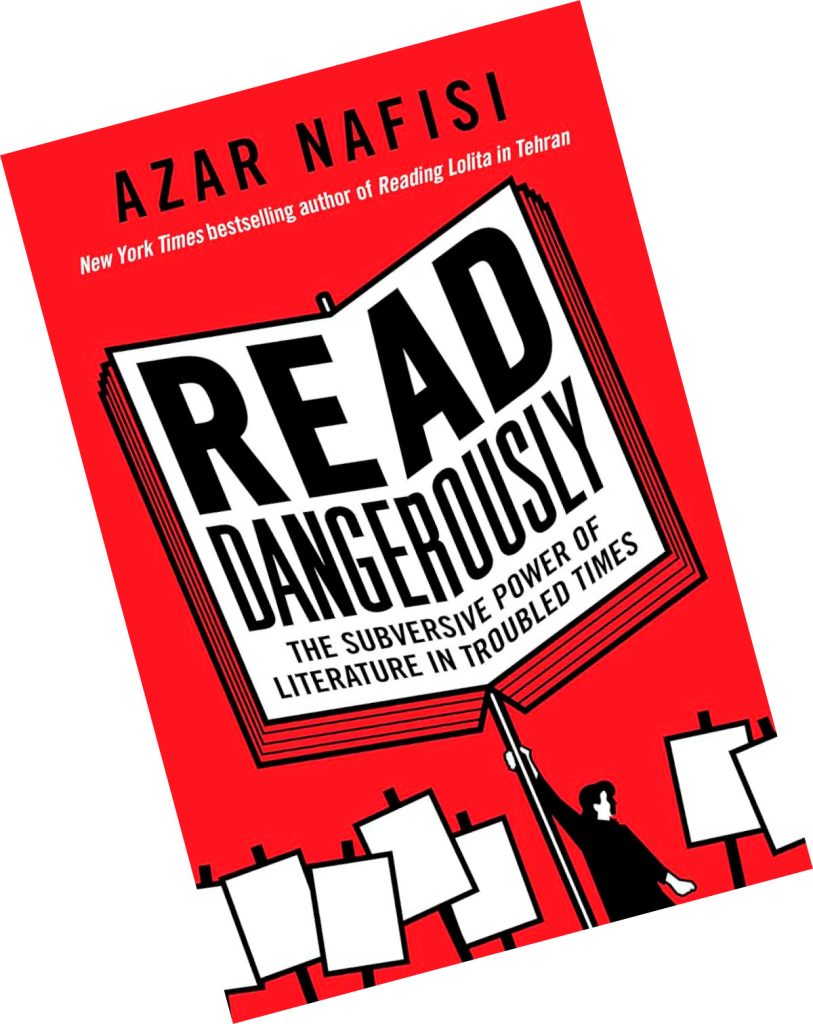

We live in troubled times, and as the years roll by matters will only get more complex. Histories, civilisations, beliefs, knowledge, even information, twists and turns in an endless spiral; the furthest point gets pushed further, the further you proceed. To put it simply: it’s confusing out there. That’s why people turn to faith, to meditation, to work, to play, to retreat and so on in order to make sense of the swirl, to unravel the threads, to weave patterns into a more comprehensible and comforting tapestry of their lives. I believe that books and reading are powerful enablers of tapestries: they help undo knots and inspire creative designs. Fundamentally, however, they entertain.
In the recent past, there has been an active move from children’s book publishers to ‘whitewash’ the writings of certain authors who are now retrospectively charged with political incorrectness. Enid Blyton, for instance, who some see as being racist in her books which, it must be said, have enjoyed massive readership in anglophile India. In fact, at one time, they were the staple diet (Famous Five, Noddy, Mallory Towers) of kids desperate for a read. Many adults today have grown up on her books. The other person who’s been at the receiving end of this movement is Roald Dahl (Charlie and the Chocolate Factory, Matilda).
An undated piece online titled ‘Why Boys Stop Reading?’ by Shaun Emerson on MenLiving quotes writer Matt Haig (The Midnight Library) from an Instagram post saying: ‘You only have to look at the whole recent Roald Dahl re-edit farce. A farce that was not at all about gen z wokery and more about corporate greed and timidity. Roald Dahl is a writer who relished nastiness. And now there is a worry among the old people in charge of the Roald Dahl cash cow that generation x don’t want their generation z offspring to read nasty things because books are there to DO US GOOD.’ Haig argues that books should be seen as entertainment, in the same league as movies, YouTube, video games, and not as tools of teaching/learning. To put it in his own lingo: ‘Young people in general like risky things. Their prefrontal cortex is yet to fully develop so they have a shitload of imagination and zero caution.’
Expectations of books for adults somehow manage to shed the teaching/learning angle, along with some other qualities. I believe we adults too have ‘a shitload of imagination’ that we unconsciously bury beneath misplaced notions of caution, misogyny, preconceived notions, societal pressure and the like. Setting aside the supposed benefits of reading, of which there are any number, think of all the delights you are missing!

That’s why, when I see people being herded about by conmen and tricksters and self-styled god-persons, the thought flashes: Mmmm, they must not be reading much, if at all. How much fun can it be, being led by the nose?
Human beings think, speak, reason. Reading engages our minds in many ways, not least to connect our experiences and our imagination. From these and other interactions spring forth ideas, and the capacity to reflect and ruminate. To be unherded. To hear and be heard. This train of thought led naturally to books, specifically books about books, bookshops, reading. Here’s a small sampling of what came up, in no particular order. Be warned, though, this is just one small grain of sand on the vast and varied beaches of the written world.
Collecting books is the same as looking up at the stars: you don’t want to own the stars, any more than you want to own books. All you hope to do is to brush the surface of wonder, to acknowledge that there is still some part of you that is always in awe of, and in love with, the world and the word.
It seems appropriate to begin with The Banned Bookshop of Maggie Banks by Shauna Robinson because the shelves in this bookshop are filled with mostly classics and it’s only thinking out-of-the-box that helps popularise the place. The clue that makes me curious is that they start a secret book club where people read forbidden books! The second book is one that I long pursued having first seen it in the hands of a friend. Since then I have acquired two copies of it, one signed by the author, Markus Zusak, and titled The Book Thief. Set in Germany during the second world war, a young girl steals books and then slowly learns to read them. A clue here too: the narrator is Death! Stealing for love is the theme of The Man Who Loved Books Too Much: The True Story of a Thief, a Detective, and a World of Literary Obsession by Allison Hoover Bartlett.
John Charles Gilkey loves books so much he steals them left, right and centre. He is chased down by a bookseller who ends up falling in love with books himself!

In The Reading List by Sara Nisha Adams, the protagonist finds a list of books she’s never read hidden in a copy of To Kill A Mocking Bird by Harper Lee. Her project to read all the books in that list sets her on an amazing journey.
Nilanjana Roy has a collection of essays called The Girl Who Ate Books. She is the author of The Wildings, a heart-stopping thriller featuring feral cats in Delhi. Read what she says about collecting books: ‘Collecting books is the same as looking up at the stars: you don’t want to own the stars, any more than you want to own books or the knowledge in them. All you hope to do is to brush the surface of wonder, to acknowledge that there is still, as an adult, some part of you that is always in awe of, and in love with, the world and the word.’
Why do governments/leaders sometimes ban books? You are likely to get a sense of what this means in Read Dangerously by Azar Nafisi, famous for Reading Lolita in Tehran. She examines reading as a political tool through a discussion of the writings of authors such as Margaret Atwood, James Baldwin, Toni Morrison and Salman Rushdie.
Some writers actively pursue content for their books. Take Monisha Rajesh who has written Around India in 80 Trains and Around the World in 80 Trains.
Let’s see what floated Monisha’s boat. An excerpt from the India book that appeared in The Guardian in 2020, goes: ‘…one drizzly November morning I read an article celebrating how India’s domestic airlines could now connect 80 cities… However, the cost… held little appeal…until I noticed a network of threads running all over the map, thick arteries fraying into the finest of capillaries. They reached into every nook and cranny, winding up mountains, hemming in the coast, stringing cities and states together. This was Indian Railways, the lifeblood that keeps the country’s heart beating.’
British author Ann Morgan decided to read at least one book from every country in the world within a year. The World Between Two Covers: Reading the Globe is what she has served up for bibliophiles like us! And for those with unread books on their shelves, Susan Hill has written Howards End is on the Landing: A Year of Reading from Home. The story is that she was looking in her library for Howards End by E M Forster when she discovered she had not read so many of the books she possessed. She resolved not to buy a single book for a whole year until she had gone through all of them.
What have you decided?
The columnist is a children’s writer and senior journalist






